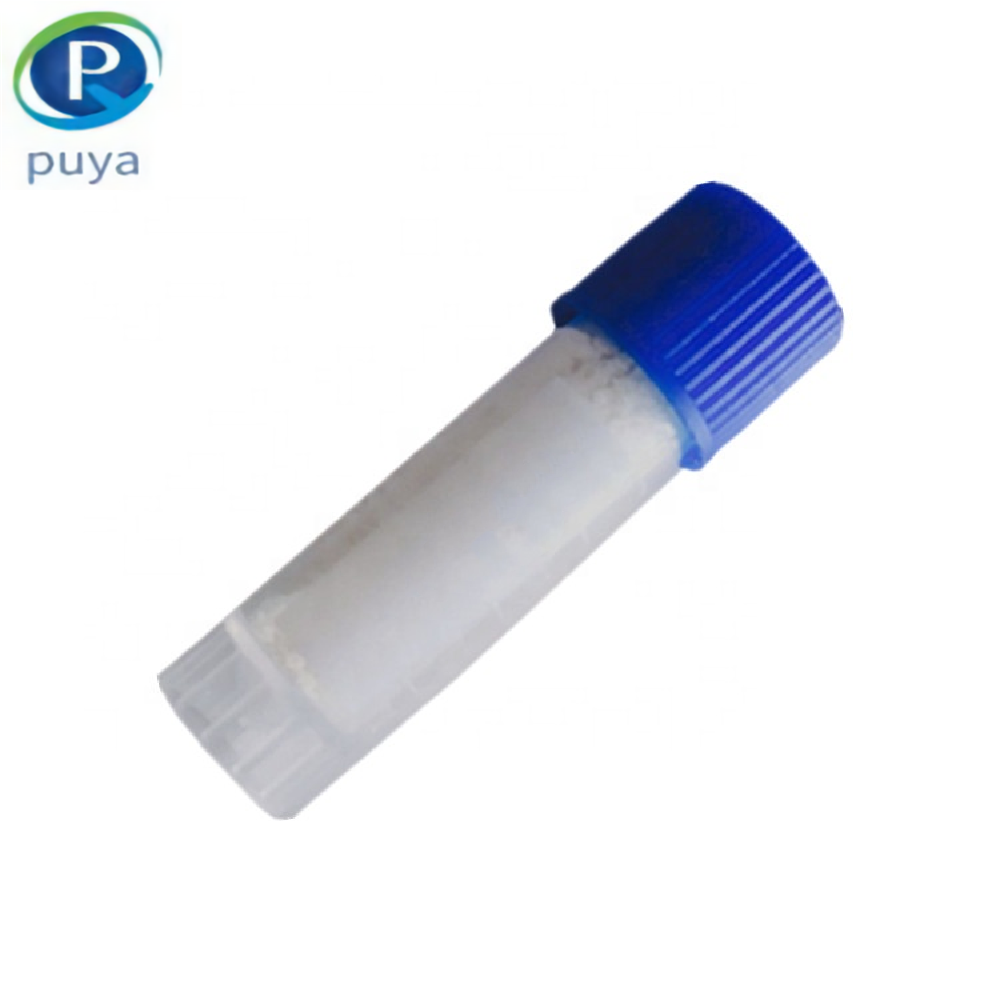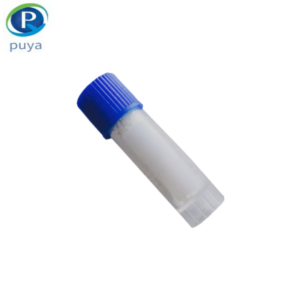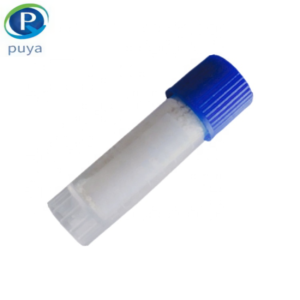Decapeptide-12/ Lumixyl CAS 137665-91-9 inhibits melanin formation
Product Name: Decapeptide-12
Synonyms: Decapeptide-12;Decapeptide-12/ Lumixyl;Decapeptide-12 lumixyl / cosmetic peptide;L-Tyrosine, L-tyrosyl-L-arginyl-L-seryl-L-arginyl-L-lysyl-L-tyrosyl-L-seryl-L-seryl-L-tryptophyl-;Decapeptide-12 USP/EP/BP
CAS: 137665-91-9
MF: C65H90N18O17
MW: 1395.52
EINECS:
Product Categories:
Mol File: 137665-91-9.mol
Decapeptide-12 is a cosmetic raw material that inhibits melanin formation, lightens pigmentation, reduces pigmentation, and evens and brightens skin tone. It was developed by researchers at Stanford Dermatology and is the only one proven to effectively inhibit Tyrosinase (tyrosinase promotes excessive production of melanin, resulting in uneven pigmentation, dark spots, etc.), a novel peptide activity. Decapeptide-12 is an oligopeptide that is made up of just 12 amino acids. This oligopeptide is known for its anti-tyrosinase activity.
Tyrosinase is found in plant and animal tissues and is responsible for catalyzing melanin and other pigments. Decapeptide-12 is being investigated for its possible ability to reduce skin darkening. It’s able to interfere with tyrosinase and lighten skin in animal models. Decapeptide-12 reduces the appearance of hyperpigmentation-age spots, sun spots, uneven skin tone and photo damage-without the typical side effects of other brighteners like irritation and redness. Plus, soothing antioxidants like licorice root also ease sensitive skin.
Decapeptide-12 reduces the appearance of hyperpigmentation-age spots, sun spots, uneven skin tone and photo damage-without the typical side effects of other brighteners like irritation and redness. Plus, soothing antioxidants like licorice root also ease sensitive skin.
Fungsi
Function and Application of Decapeptide-12/ Lumixyl CAS 137665-91-9
Decapeptide-12 reversibly binds to tyrosinase, an enzyme found in a number of different pigment-producing cells. It prevents tyrosinase from catalyzing the oxidation of phenols, the first step in melanin production. In mammals, tyrosinase is found only in melanosomes, special compartments within pigment-producing cells.
Tyrosinase is not preserved across species and, in fact, can differ drastically in structure even among closely-related species. In humans, differences in the efficiency of tyrosinase determine skin color and are the result of slight modifications in the TYR gene found on chromosome 11 .
Decapeptide-12 is approximately 17 times more potent than previous treatments for hyperpigmentation, including hydroquinone . Studies in cultured melanocytes over 7 days demonstrated a 27%-43% reduction in melanin content .
Decapeptide-12 has undergone multiple animal trials and may eventually be included in commercial products for treating hyperpigmentation.







Reviews
There are no reviews yet.